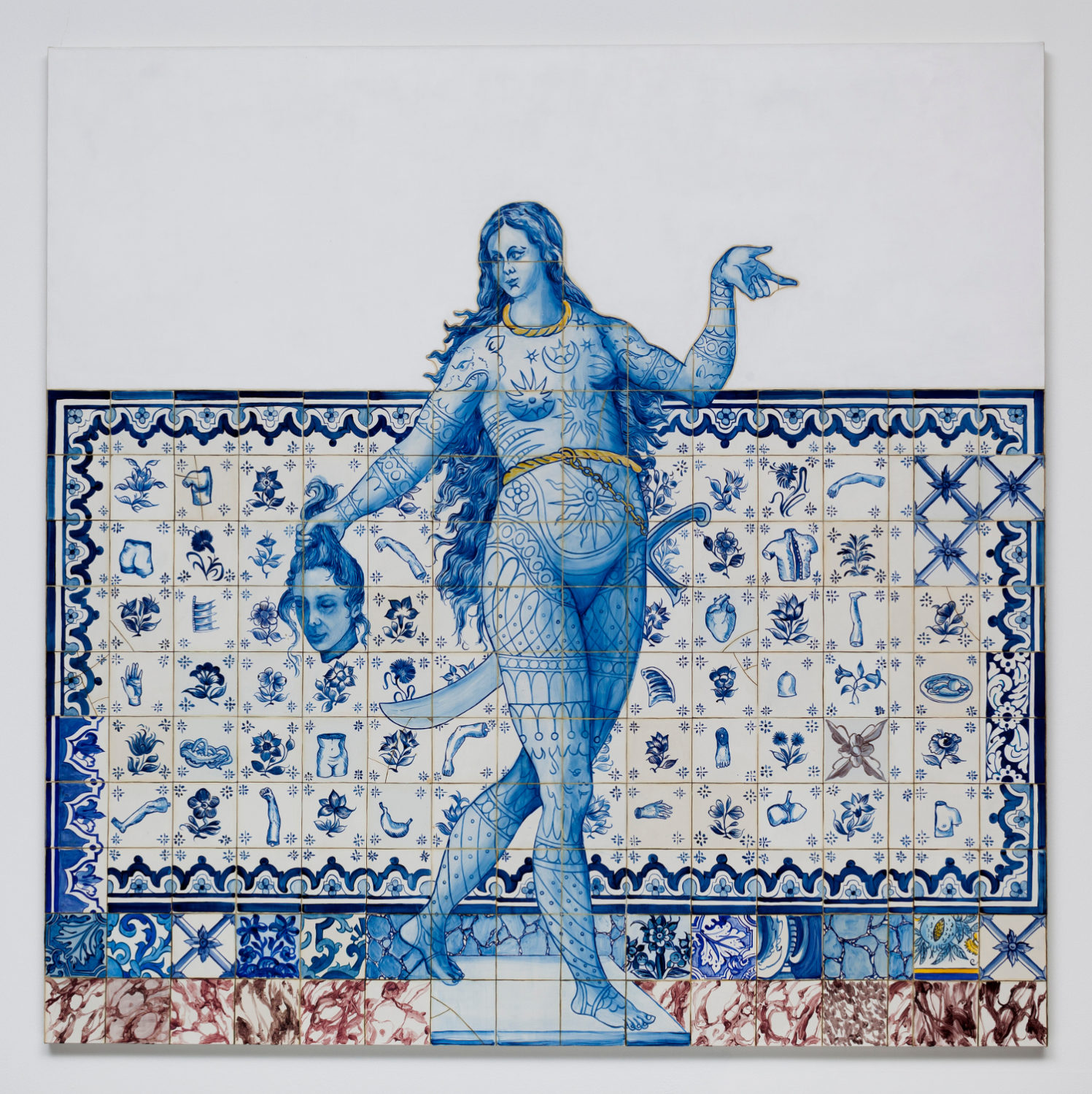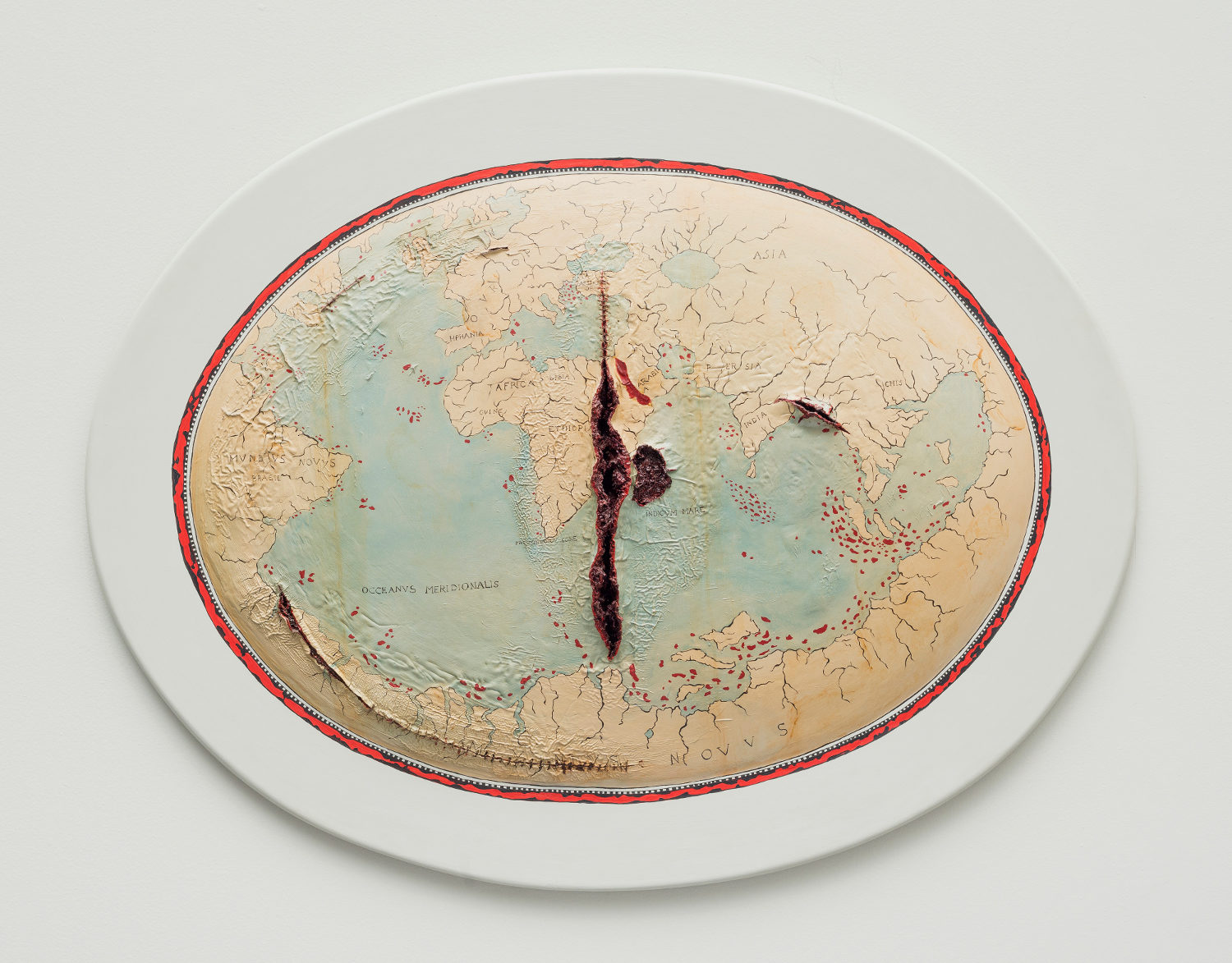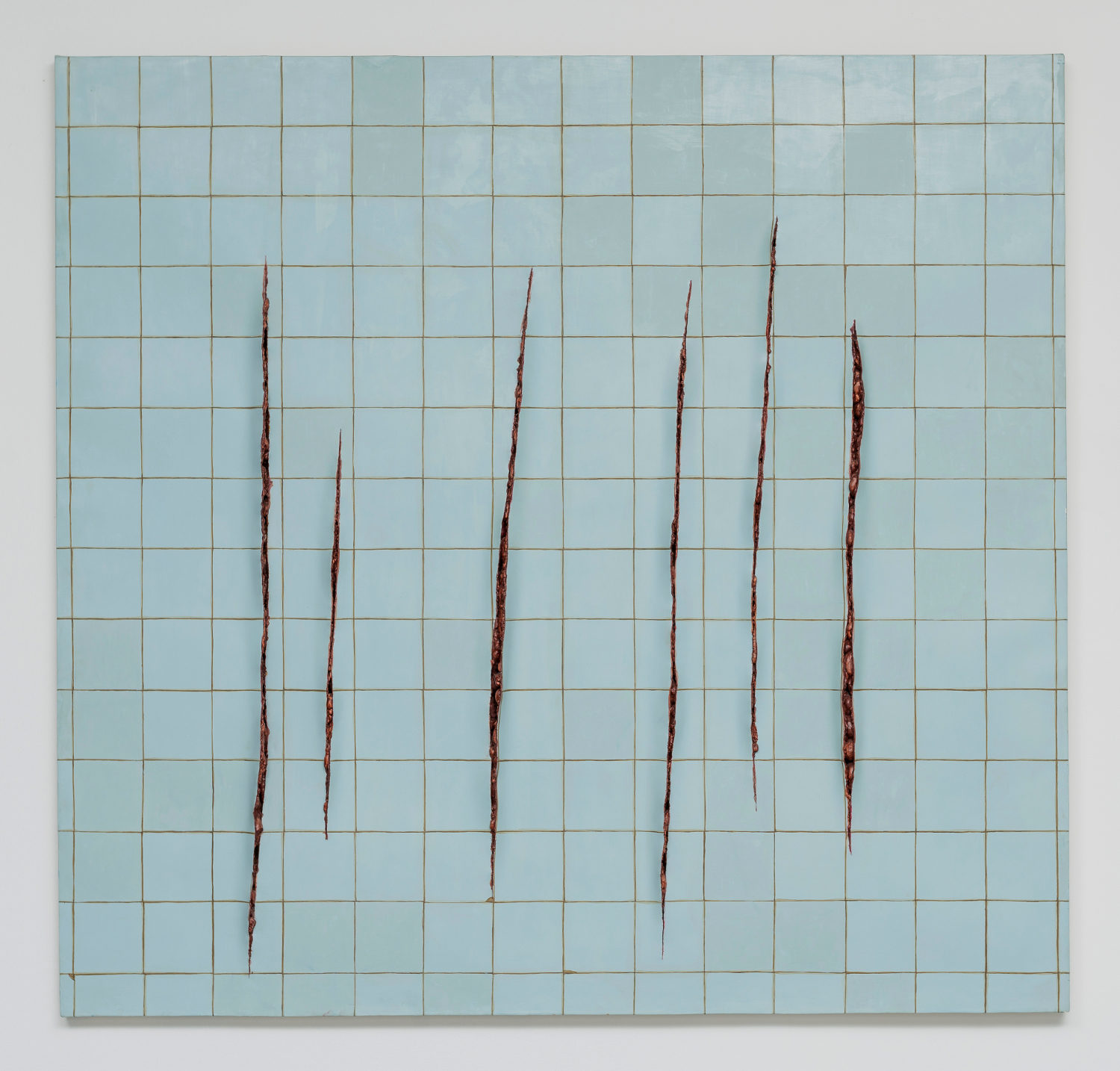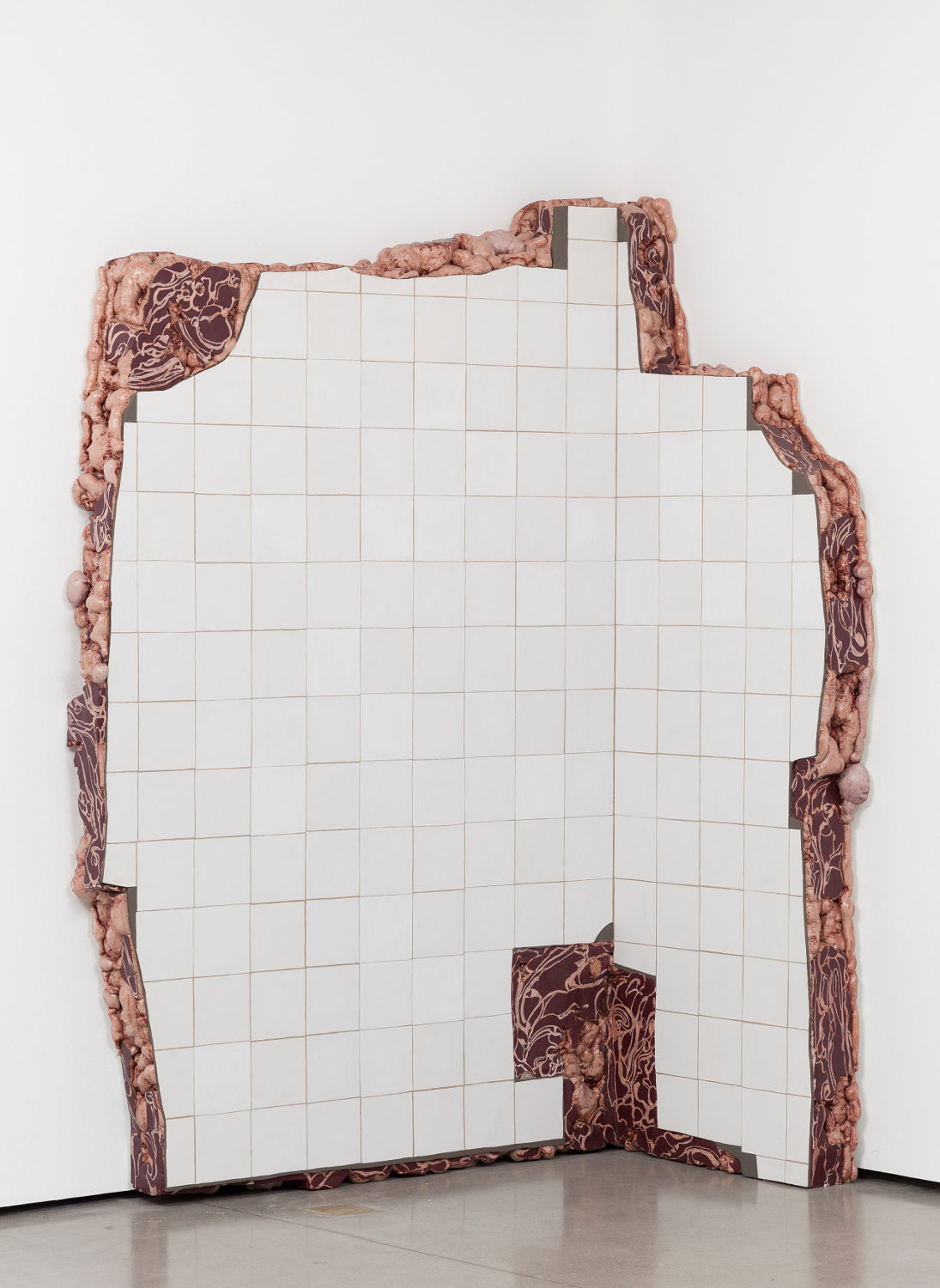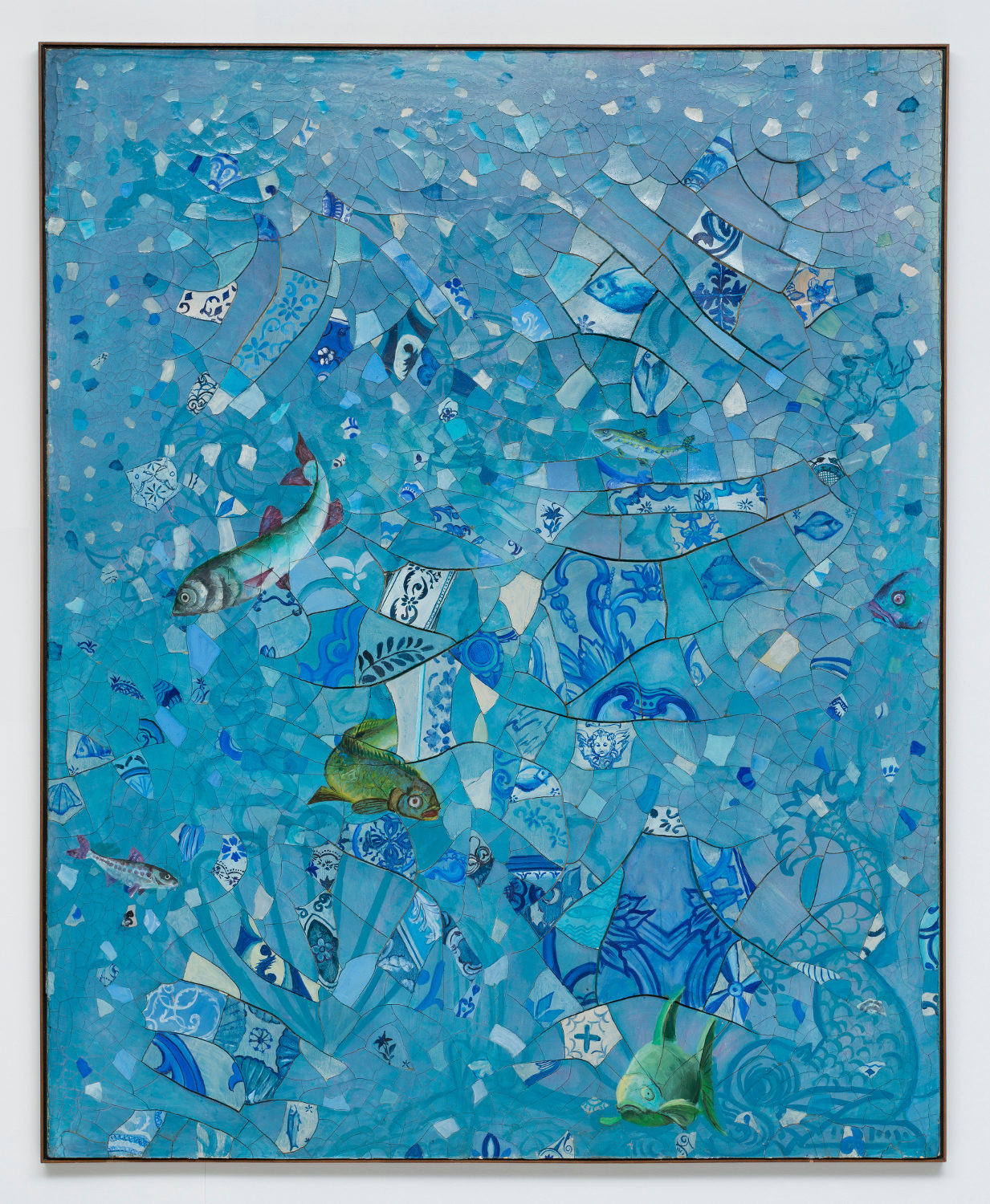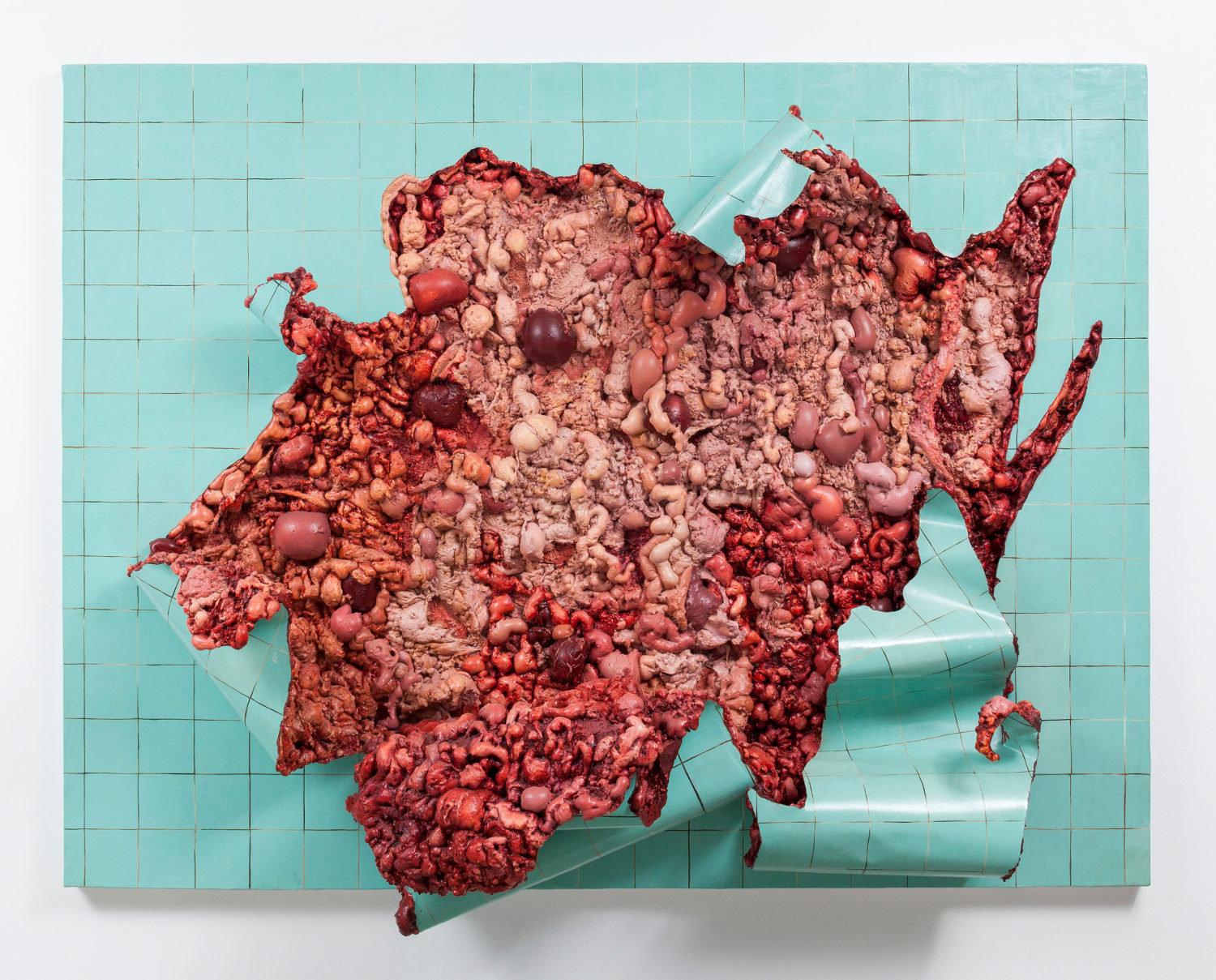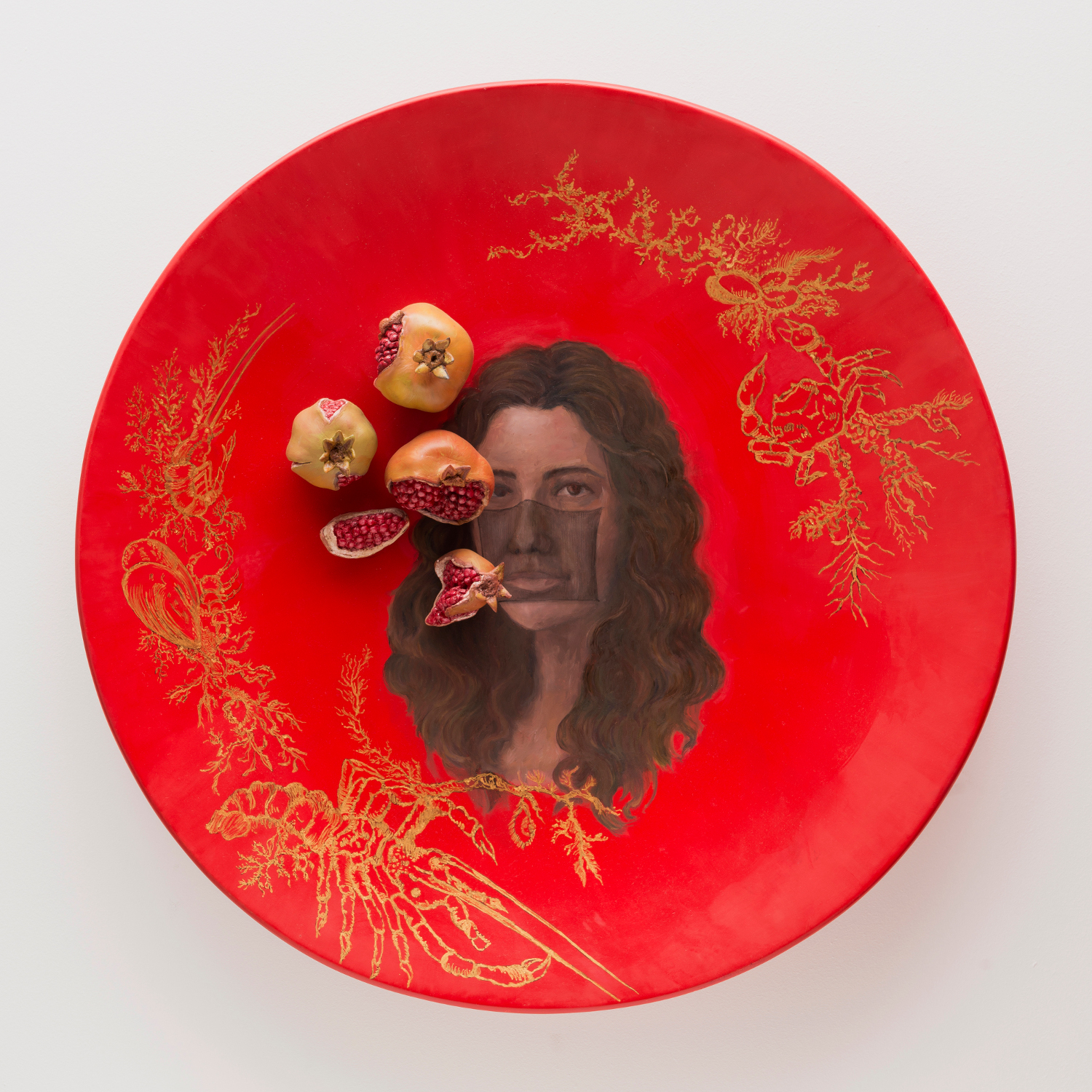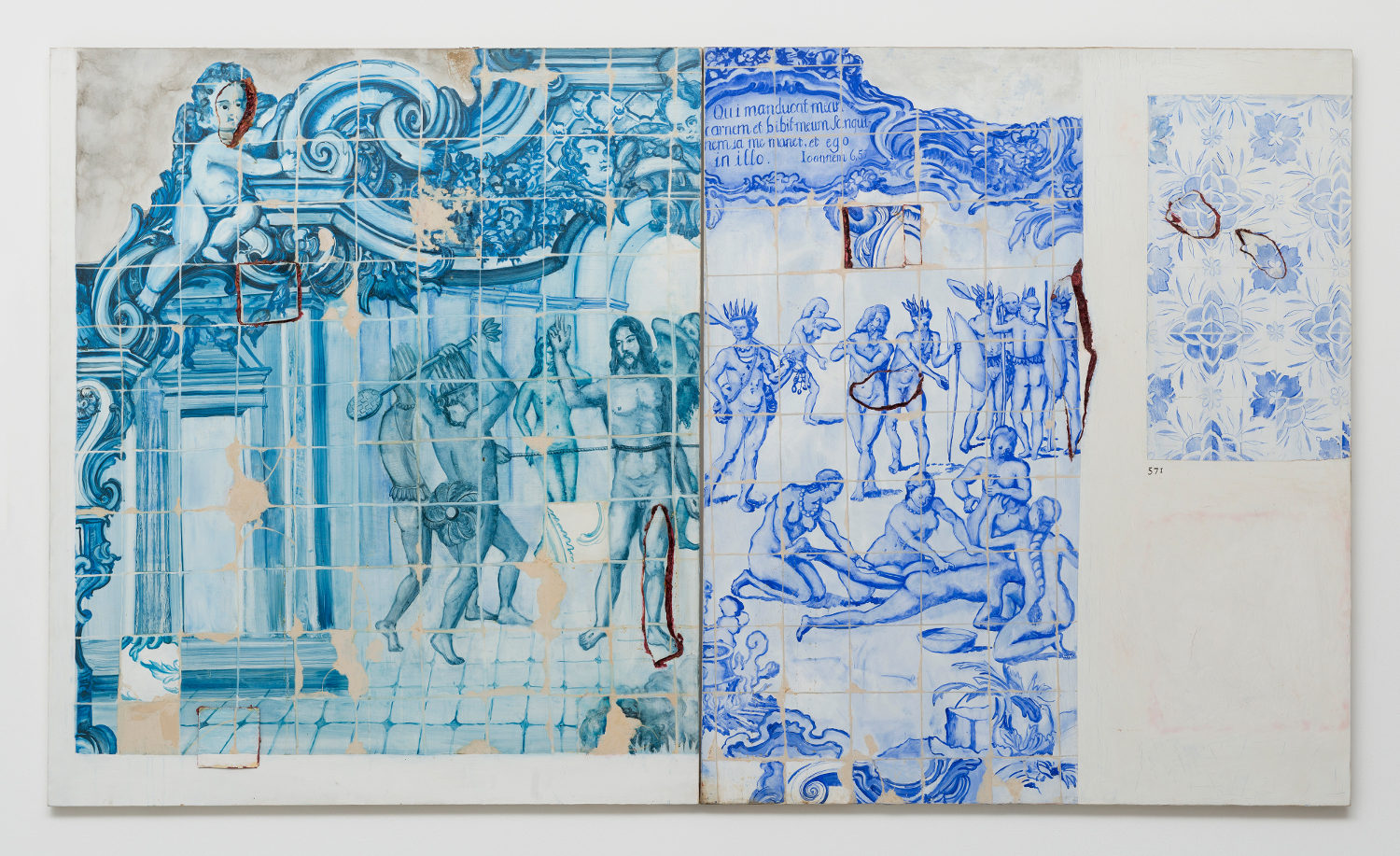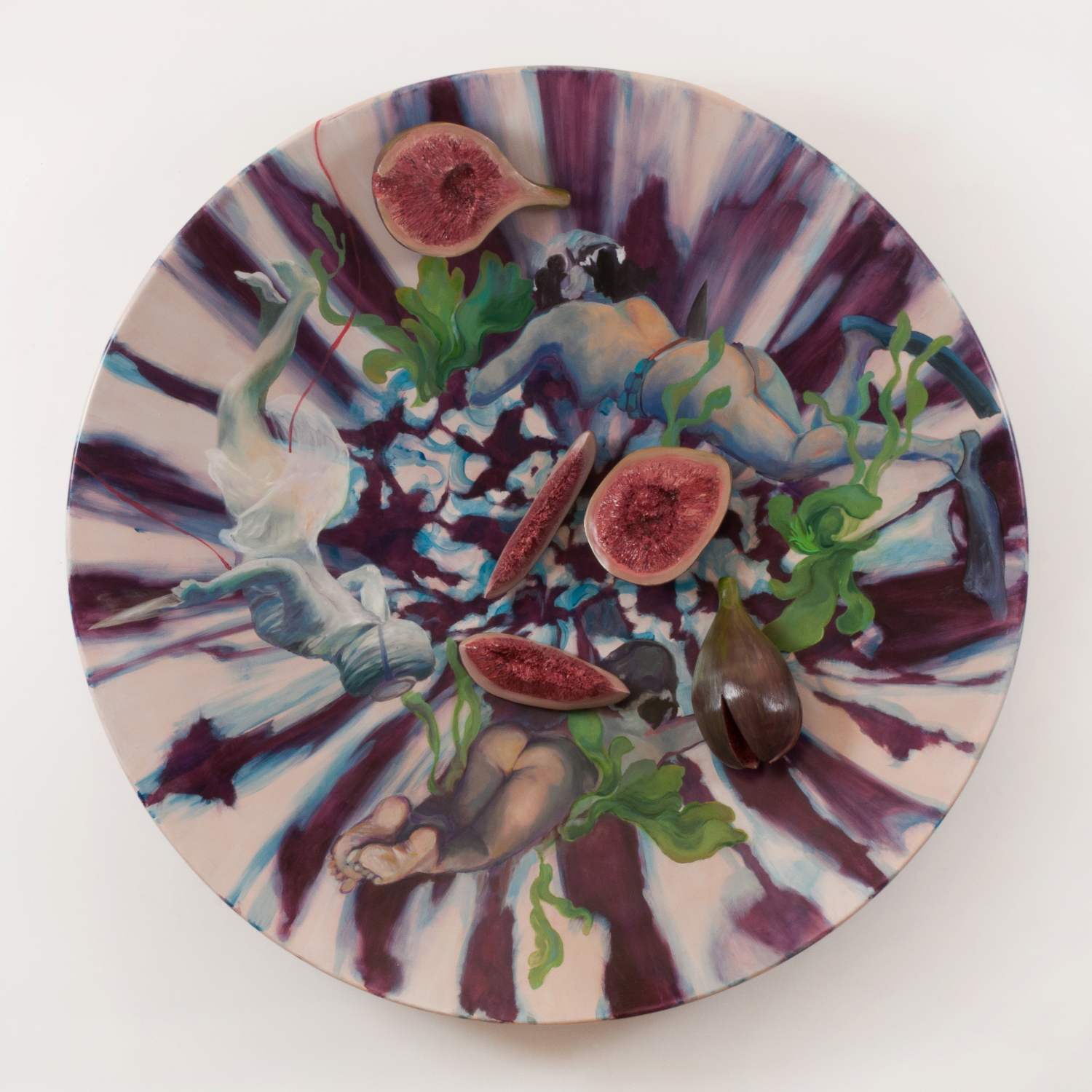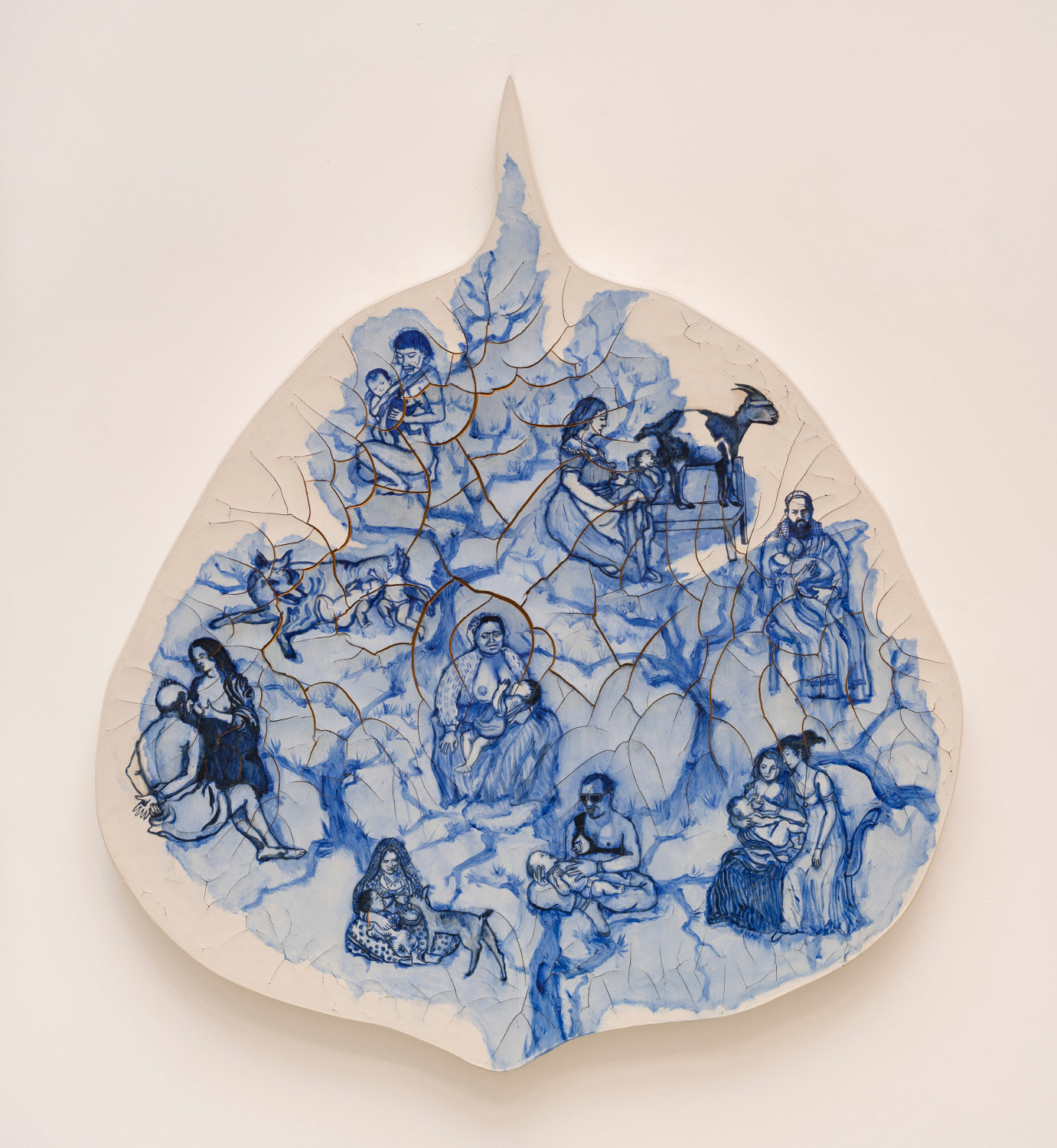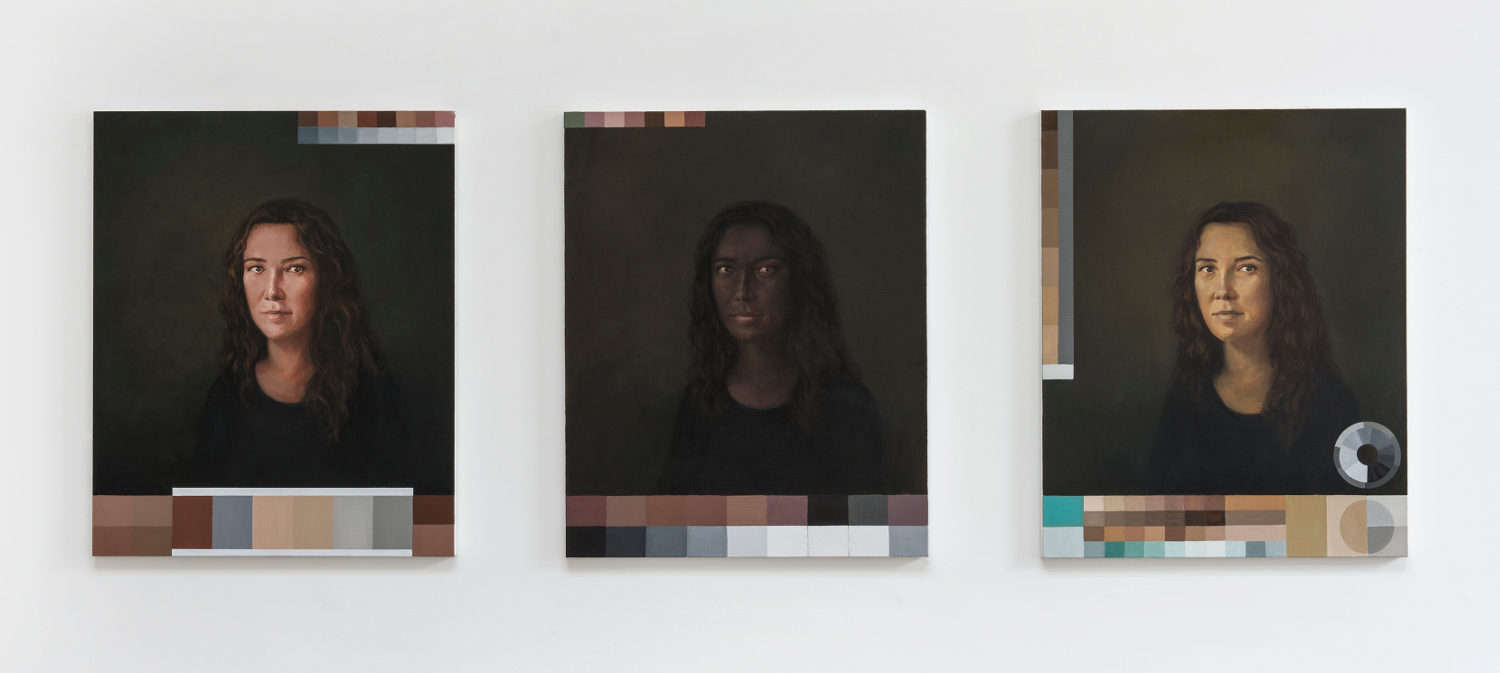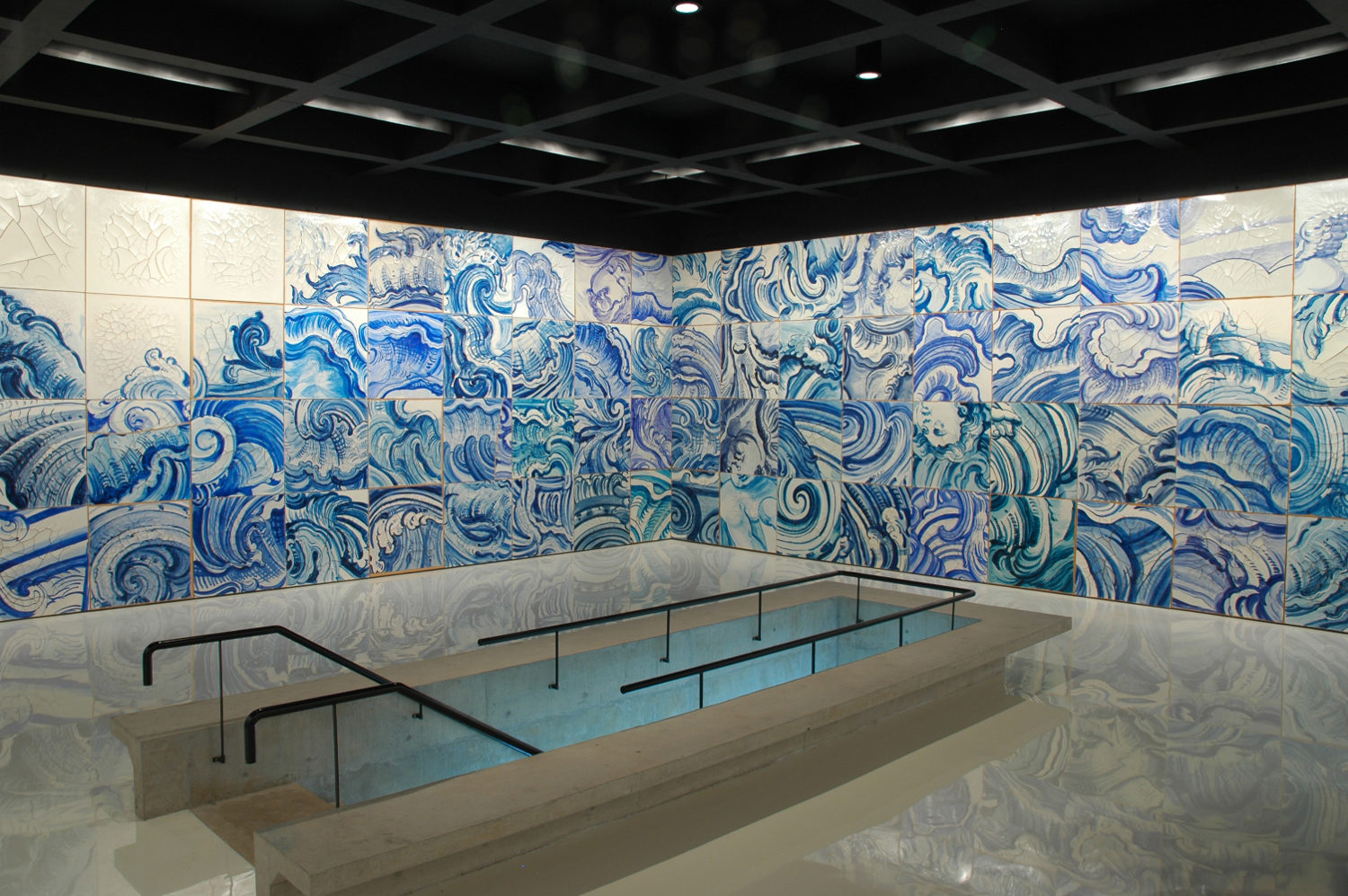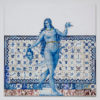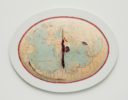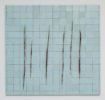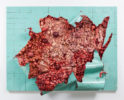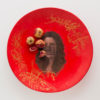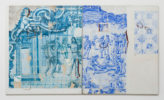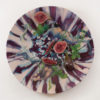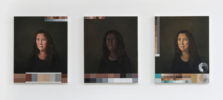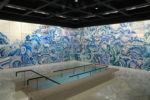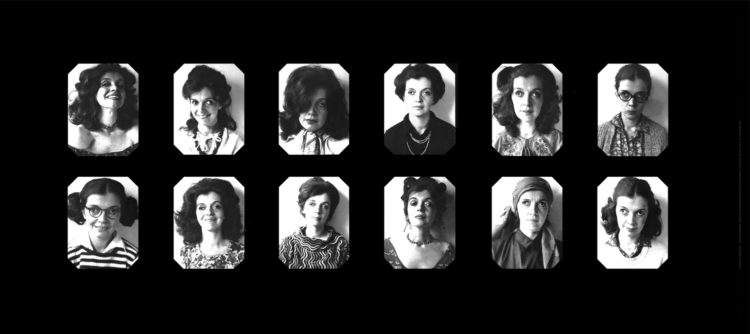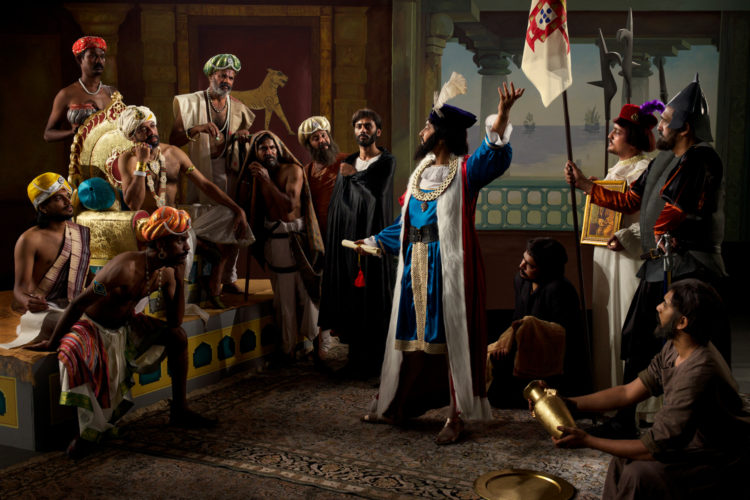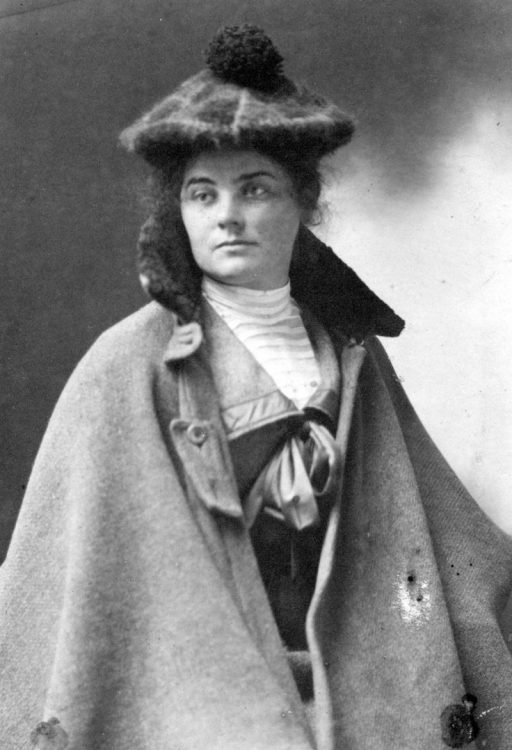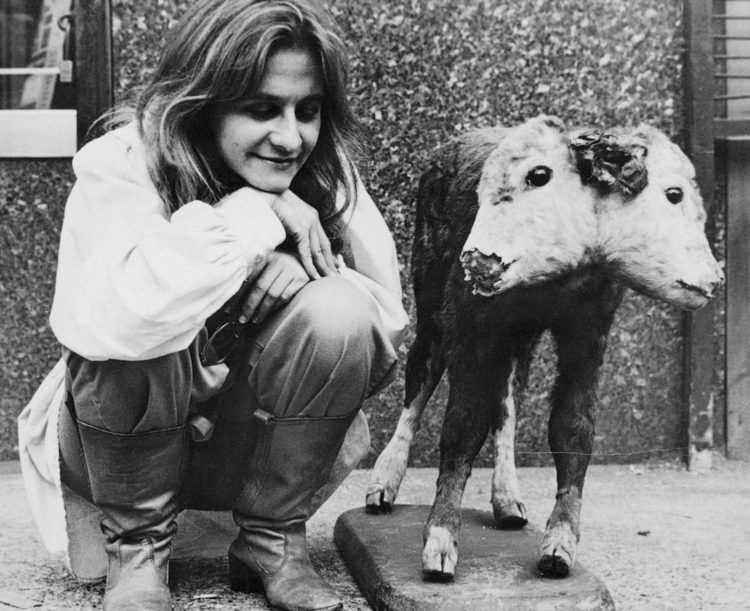Adriana Varejão
Adriana Varejão : chambre d’échos, exh. cat., Fondation Cartier pour l’Art Contemporain, Paris (18 March – 5 June 2005), Arles, Actes Sud, 2005
→Diegues Isabel, Adriana Varejão : between flesh and oceans, Rio de Janeiro, RJ Cobogo, 2009
Adriana Varejão : chambre d’échos, Fondation Cartier pour l’Art Contemporain, Paris, 18 March – 5 June 2005
→Adriana Varejão, The Institute of Contemporary Art, Boston, 19 November 2014 – 5 April 2015
→Azulejões, Centro Cultural Banco do Brasil, Rio de Janeiro, 2001
Brazilian painter.
Adriana Varejão studied at the Parque Lage School of Visual Arts in Rio de Janeiro from 1981 to 1985. Her first solo exhibition was held at the Thomas Cohn Gallery in 1988. The artist’s work is deeply rooted in the practice of painting, has consistently drawn on multiple cultural references, particularly on the history of Brazil and its colonial past, and reflects a specific interest in the exuberance and vitality of Baroque aesthetics. “[…] I do not only appropriate historical images,” she says, “I also try to bring out the processes that create them and use them to construct new versions.” Therefore, images, forms, and discourses of various origins – such as 16th and 17th-century Western art, the Portuguese tradition of azulejos, and Chinese ceramics – are incorporated into the work, which transforms them using a strategy that brings to mind the conception of Brazilian culture as “cannibalistic”, a concept elaborated by Oswald de Andrade in 1928. In Filho bastardo [“Bastard Son”, 1992], the artist uses Brazilian landscapes painted by the 19th-century French painter Jean-Baptiste Debret; however, the rape scene she depicts is a more straightforward questioning of the colonial period and its representations. A gash runs through the centre of the painting, like a wound in the canvas opening up onto a carnal interior.
Similarly, the azulejos in Parede com incisões à la Fontana [“Wall With Incisions à la Fontana”, 2002] are incised, revealing the canvas’s viscera. As many critics have underlined, Varejão’s painting becomes “embodied”. In her more recent pieces, such as the picture O Sedutor [“The Seducer”, 2004], from the series Saunas, the artist explores the architecture of indoor spaces, in which the geometry of the azulejos also plays an important part. Her work has been the subject of major solo shows and has featured in many collective exhibitions and international events, such as the Venice, São Paulo, and Sydney Biennales.
© Éditions des femmes – Antoinette Fouque, 2013
© Archives of Women Artists, Research and Exhibitions, 2018




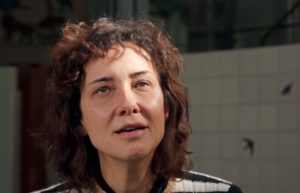 Interview with Adriana Varejão
Interview with Adriana Varejão 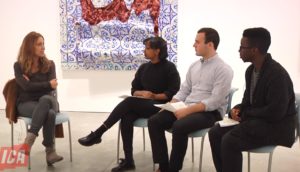 Interview with Adriana Varejão
Interview with Adriana Varejão 